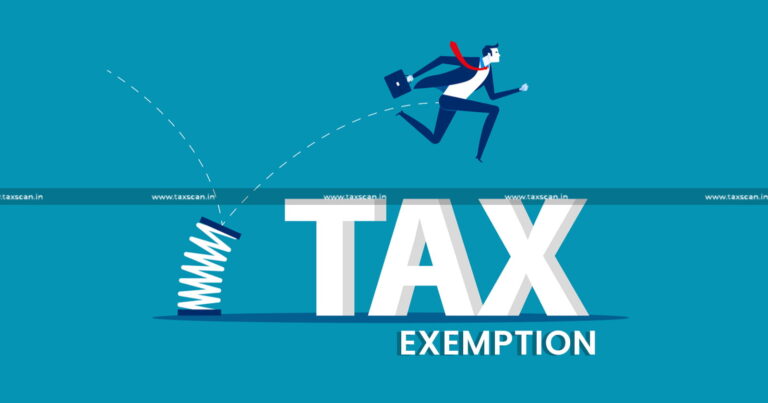The Central Board of Direct Taxes (CBDT) is taking bold steps to enhance the clarity, transparency, and relatability of designations within the Income Tax Department. This proposed overhaul aims to align titles with the actual roles and responsibilities of officials, allowing taxpayers to navigate the tax administration with ease and confidence. Here are the five main changes in this restructuring and how they’re expected to impact taxpayers.
1. Aiming for Transparency with the New Designation Structure
The motivation behind restructuring is to address the ambiguity around titles like Commissioner of Income Tax (CIT) and Principal Commissioner of Income Tax. These titles can be confusing, especially for those outside the department, as they often don’t clearly reflect an official’s responsibilities, whether they’re handling technical, policy, or tax-related work.
To address this, the CBDT formed a committee to analyze the current structure, focusing on how to better allocate roles and improve title accuracy for internal clarity and public understanding.

2. Redefining Commissioner Titles to Reflect Specializations
In the proposed structure, roles like Commissioner of Income Tax (CIT) would receive a title adjustment to reflect specific duties. For example, commissioners handling policy and technical tasks could be rebranded as “Commissioner (Tech & Policy)” rather than the traditional CIT. This distinction would clarify that their work is policy-oriented, not directly related to tax collection.
3. Clear Role Definitions for Principal Commissioners
Similarly, Principal Commissioner of Income Tax roles may also see modifications to align titles more closely with their actual responsibilities. By updating these titles, the department aims to eliminate confusion around senior roles and enhance transparency within the department for the public.
4. Streamlining the Condonation of Delay Process
The CBDT’s restructuring also focuses on improving the condonation of delay process. This process is essential for taxpayers who may need to file or verify their Income Tax Returns (ITR) after the deadline due to legitimate reasons. Under the new structure, the condonation process may become more efficient, allowing taxpayers to meet compliance requirements with fewer hurdles and avoid penalties for late filings.
5. Benefits for Taxpayers: Improved Clarity and Accessibility
These changes offer multiple advantages for taxpayers:
- Enhanced Transparency: By aligning titles with the responsibilities of officials, the revamp will help taxpayers understand roles within the Income Tax Department, making it simpler to contact the right officials for specific issues.
- Better Service Efficiency: With clearer role definitions, officials can focus on their specific tasks, allowing the department to operate more smoothly and be more responsive to taxpayer needs.
- Simplified Processes for Late Filers: Improvements to the condonation of delay process will offer a streamlined path for taxpayers needing to file or verify returns post-deadline, promoting fairness in compliance.
FAQs
1. Why is CBDT restructuring Income Tax Department designations?
The main goal is to enhance role clarity and transparency within the Income Tax Department. Clearer titles help taxpayers understand the responsibilities of each official, making the system more accessible.
2. How will the new title “Commissioner (Tech & Policy)” differ from the current Commissioner of Income Tax title?
The “Commissioner (Tech & Policy)” title will identify officials whose focus is on technical and policy-related duties, distinct from direct tax administration, helping taxpayers know the specific role of each official.
3. Will the condonation of delay process be affected by the restructuring?
Yes, the process may be streamlined, making it more efficient for taxpayers who missed initial deadlines to file or verify their ITRs without facing penalties.
4. How will taxpayers benefit from these changes?
Taxpayers can expect a more transparent and efficient tax administration, with a clearer understanding of whom to contact for specific concerns, leading to a better service experience.
Conclusion
The CBDT’s proposed restructuring of designations within the Income Tax Department marks a progressive step toward modernizing and clarifying India’s tax administration system. By aligning titles with specific responsibilities, the overhaul aims to simplify interactions between taxpayers and officials, foster greater transparency, and improve the overall efficiency of the department. For taxpayers, these changes signify a more accessible and responsive tax administration, with clear paths to compliance and streamlined processes, such as the condonation of delay.
As India’s tax landscape continues to evolve, this designation revamp underscores the government’s commitment to making tax processes more understandable and user-friendly. This move not only enhances trust and accountability within the Income Tax Department but also signals a future of more seamless, transparent, and taxpayer-oriented service.
For individuals and businesses alike, these changes could lead to a smoother experience when interacting with the department, ultimately fostering a tax environment that is not only fair but also conducive to compliance.



